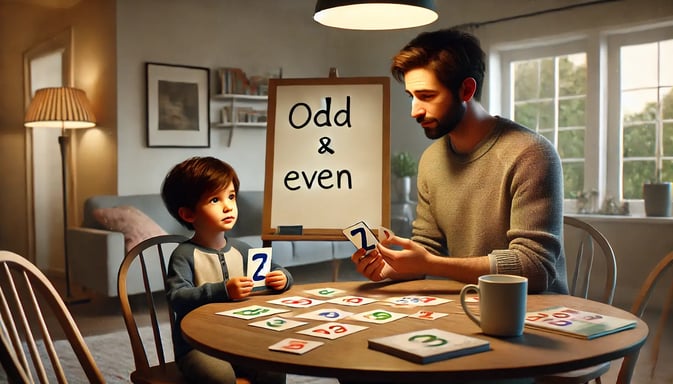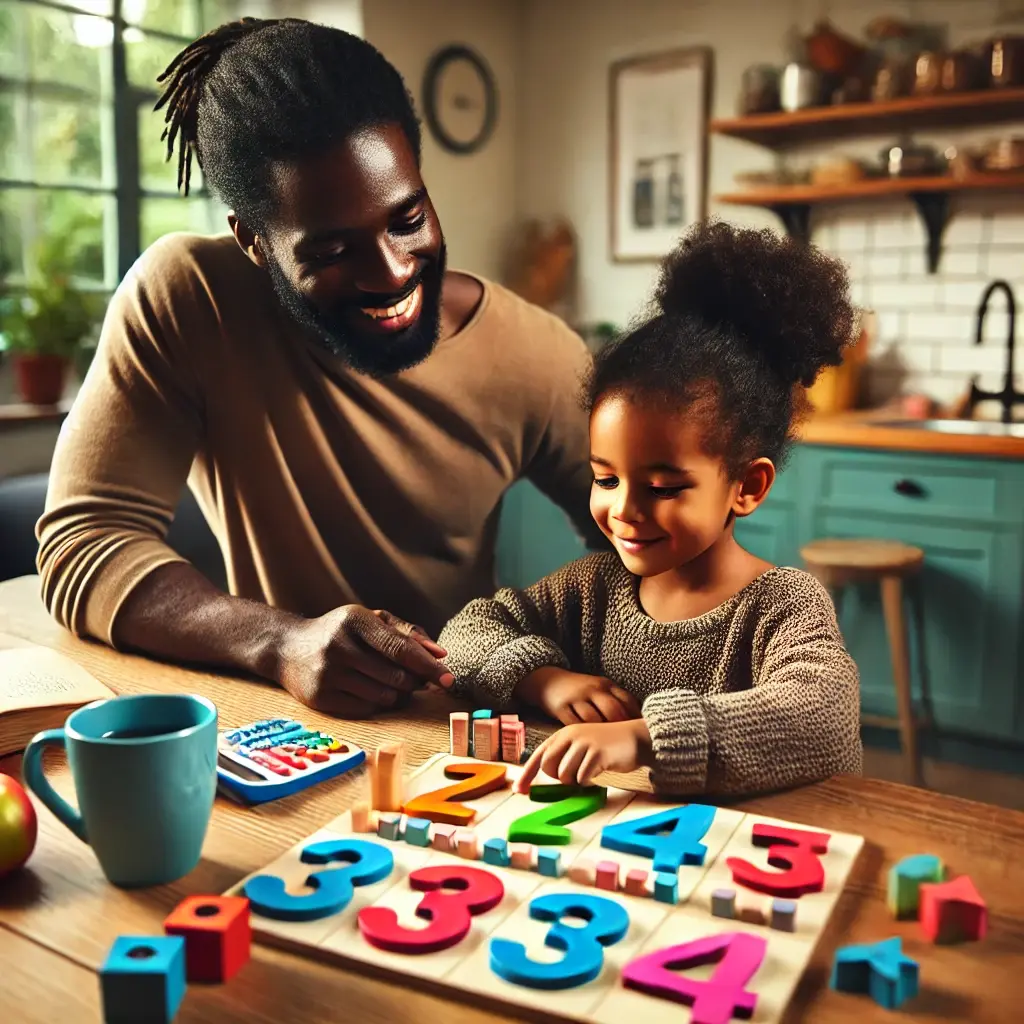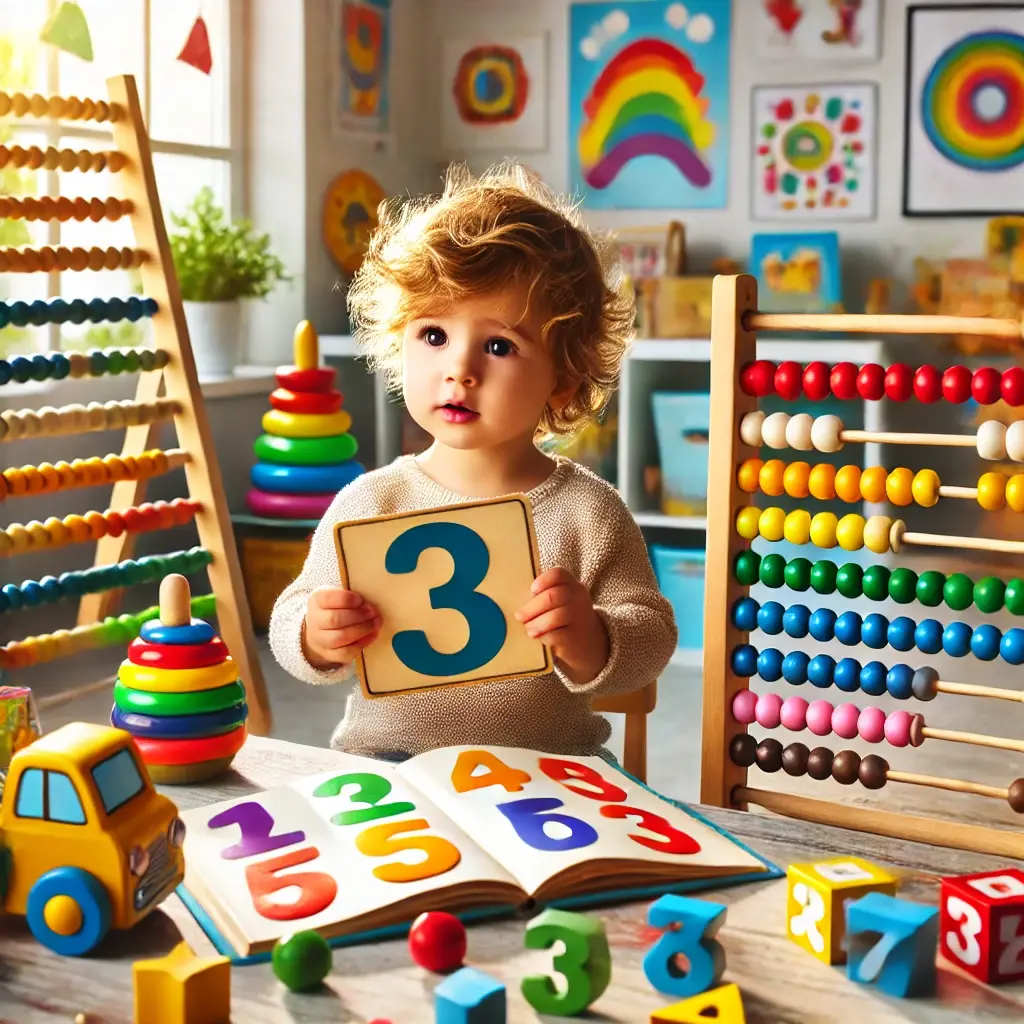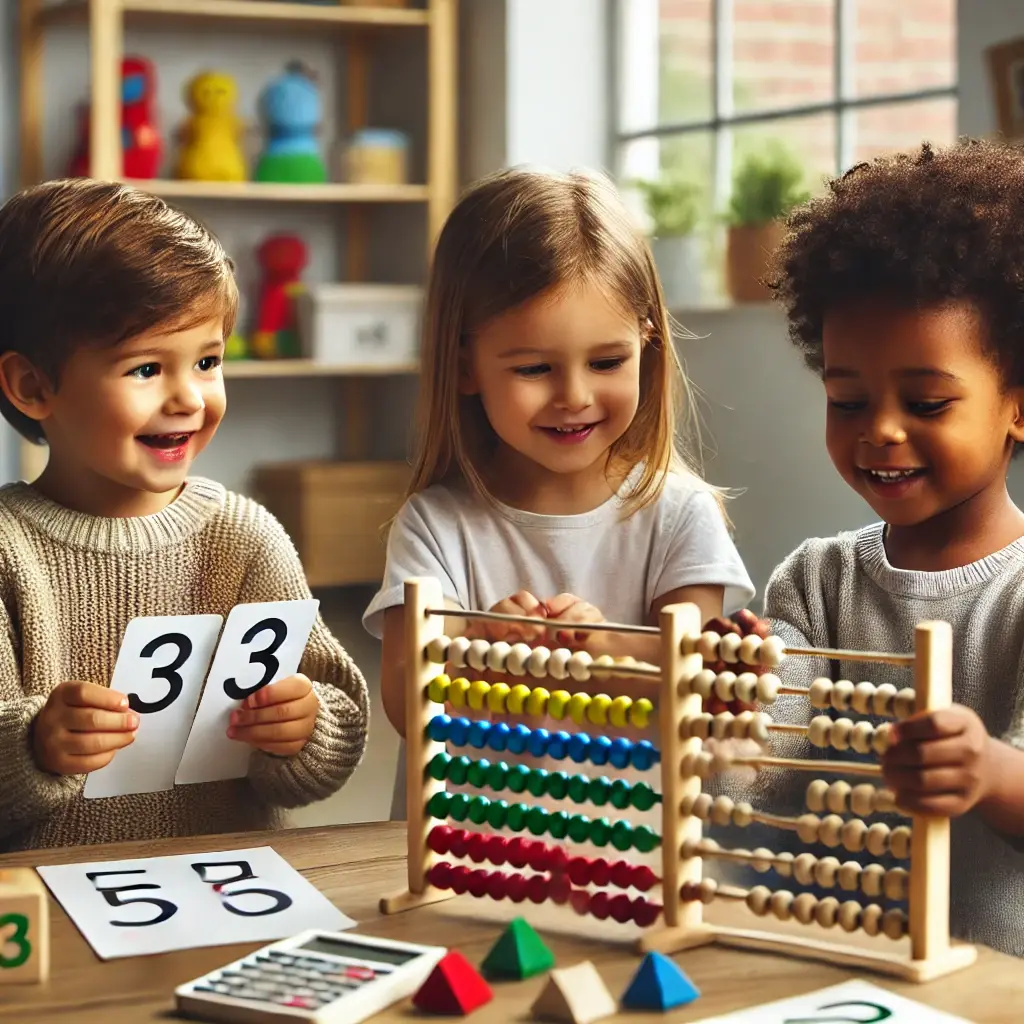
It’s important to know that understanding odd and even numbers is fundamental for mathematical development. It provides the foundation for basic math skills. This is how our kids start to gain a conceptual understanding of number sense. Odd and even numbers also help our kids understand patterns, such as 2,4,6,8, which is a pattern of two, which is all even numbers. This applies not only to math but also to problem-solving and critical thinking across many subjects.
Understanding odd and even numbers also paves the way for arithmetic thinking for your child. It helps understand divisibility rules, factors, and multiples, which are key components of algebra. Overall, a basic understanding of odd and even numbers gives your child the essential skills for their ongoing math education on top of everyday practical problem-solving. This article aims to provide you, parents, with the strategies, activities, resources, and tips and tricks to teach odd and even numbers effectively to your child.
Understanding Odd and Even Numbers
When it comes to defining odd and even numbers for your child, it helps to provide a visual. We know an even number is a whole number that can be divided by two, whereas an odd number is a whole number that cannot be divided by two without a remainder. Examples of even numbers are numbers that end with 0,2,4,6 and 8. At the same time, odd numbers end in 1,3,5,7 and 9.
Strategies on How to Teach Odd and Even Numbers
There are many ways to teach your child odd and even numbers, but here are some tips and tricks to make your life easier.
Use Real-Life Examples
It helps to embed skills your child learns with you or in the classroom in real-life situations. Teaching opportunities are all around us, and implementing odd and even number recognition in your child’s daily life can be easier than you may think. For example, have your child take note of things that come in pairs, like two socks, and note things that don't have one hat. Or have them identify how many eggs are in the egg carton. How many plates are needed for each person in the family? Is that an odd number or an even number? Bringing awareness to your child’s odd and even number recognition can be easy when applying it to real-life situations that mean something to them.
Introduce Concepts Gradually
It’s important to emphasize the value of focusing on one concept at a time to avoid overwhelming your child. Learning any new concept can be overwhelming, but if we start with evens first, it can make things easier for your kid. Starting with even numbers can be more beneficial because, for kids, it's easier to visualize splitting something in half or for numbers to be divided equally. Not to mention, many things they may see can come in pairs. It helps to have a timeline for teaching odd and even numbers to your child, so I will provide a guideline below. However, keep in mind this timeline is flexible and should be adapted based on each child's individual learning pace and readiness.
- For Ages 4-5: At this age, kids are typically learning to count objects and identify numbers. It’s critical to lay the foundation down by making sure your child is confident with recognizing numbers up to 20.
- For Ages 5-6: Begin to focus on even numbers and how they can be divided into pairs or groups of two without any leftovers. Visuals will be your best friends!
- For Ages 6-7: Begin introducing odd numbers once you feel your child is comfortable with even numbers. Similar to teaching, even numbers use visuals to help you leave one unpaired object when grouped in twos.
Engage in Fun Activities
There are many fun ways to teach your child about even and odd numbers. More specifically, hands-on fun activities can make a real difference in your child’s number journey.
- Odd and Even Number Hunt: This is a fun one where you have your child look around the house for objects in pairs or singles around the house!
- Number Sorting: This game allows your child to sort a collection of numbers into odd and even categories. Let's say you have a bunch of cards with a number of X items on them. Have your child sort the even number of cards in one pile and an odd number of cards.
- Craft Activities: Whatever craft your child wants to do, make sure they identify how many odd or even numbers there are in the craft. For example, there are four people in this drawing, which is an even number.
Interactive Games to Reinforce Learning
Again, we want to make sure we’re keeping learning fun and engaging for our kids. That said, incorporating interactive games can really help reinforce learning and create a joyful experience.
- Sorting Games: As mentioned before, sorting games are a great way to keep kids engaged. Kids can do this with physical toys, items at home, or even online games that have your child sort numbers into odd and even categories.
- Number Line Activities: You can use a number line to help your child identify odd and even numbers. Have your child color even numbers one color and odd colors another color. Or you can create a number line outside with chalk and play a game of hopscotch where your child can only hop on even numbers first, then on odd numbers. These number-line activities promote quick identification and reinforce memory through physical activity.
- Counting Games: Odd and Even Number Tag is a game where you create number cards with even and odd numbers, scatter them all over the house, and create teams where one team is even and the other is odds, and have a time limit for who can collect the most of their number group.
Tools and Resources for Teaching Odd and Even Numbers
These resources can be used in conjunction with interactive activities and games to provide a comprehensive learning experience that is both fun and educational, helping children develop a strong foundational understanding of odd and even numbers.
- Books and Flashcards
- There are great resources out there designed for younger learners to reinforce odd and even numbers visually, such as:
- “Even Steven and Odd Todd” By Kathryn Cristaldi
- “My Even Day” by Doris Fisher and Dani Sneed
- “One Odd Day” by Doris Fisher and Dani Sneed
- “Math Flash Cards: Odd and Even Numbers By School Zone
- “Even and Odd Numbers Flashcards” by Carson Dellosa Education
- “Learning Resources Number Flash Cards”
- Educational Apps and Websites
- Some educational apps and websites that offer a wide range of math activities, especially on odd and even numbers, include:
- Apps:
- Khan Academy Kids
- SplashLearn: Kids Math & Reading
- Monkey Math School Sunshine
- Websites:
- IXL Learning
- ABCya
- Education.com
Try Genie Academy for Extra Support
Genie Academy is a wonderful resource that provides customizable curriculums for your child’s pace. Not only does Genie Academy provide workbooks that work on odd and even numbers with a focus on handwriting, but Genie Academy also fosters a positive learning environment that will have your child engaged and enthusiastic to learn. Genie has 6 locations in New Jersey, including Plainsboro, East Brunswick, South Brunswick, Hillsborough, South Plainfield, and Morganville.
Common Challenges and How to Overcome Them
- Difficulty with Abstract Concepts: Your child may struggle to grasp the concept of what makes a number odd or even. Something you can do is use concrete and physical examples to demonstrate the difference between odd (one left out) and even (paired).
- Maintaining Interest and Engagement: We want to not only make sure our kids learn but also want them to be engaged and interested. We can do that by incorporating various teaching methods such as a game, an online platform, and a workbook to keep the lessons diversified.
- Dealing with Mistakes Positively: It’s important to create a positive learning environment where we invite mistakes so our kids can learn from them. Encourage an open dialogue about mistakes and how each mistake leads to mastery.
Conclusion
Learning odd and even numbers lays the foundation for essential mathematical skills. It helps with developing a number sense by distinguishing odd and even numbers. This then opens doors for arithmetic and problem-solving. It supports your child's ability to perform calculations such as addition, subtraction, multiplication, and division, which we all know are critical to our daily lives. All in all, mastering this basic concept helps build up your child’s confidence and readiness for advanced math topics. We also want to make sure we celebrate every win, whether big or small. Don’t be afraid to try various forms of teaching methods to see what best suits your child's needs, pace, and learning style. You can do this, parents, and if you need additional support, Genie Academy is here to help.





